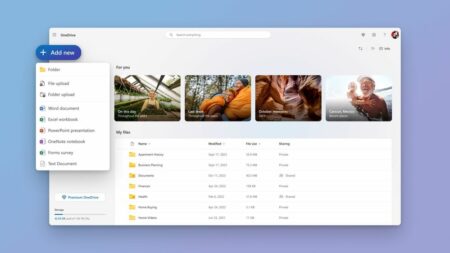DevOps specialist Puppet has added new functionality and a number of improvements to its DevOps Enterprise 2019 platform. Puppet Enterprise 2019.1 further integrates Puppet Bolt’s agent less automation technology. Continuous Delivery for Puppet Enterprise has also been improved.
According to the DevOps specialist, the updates and improvements to its flagship should make it even easier for companies and organisations to further automate their services and applications and to roll them out successfully on a large scale. According to Puppet, this provides them with a good roadmap that will enable them to roll out automation within their organisation.
Integration with Puppet Bolt
The first important update that Puppet gives to its platform is further integration with its Puppet Bolt service. The latter application is the simplified multiplatform and agentless automation architecture of the DevOPs company. End users can use this tool without knowledge of agent software and Puppet to configure and manage any infrastructure with code. In particular, the lack of agents to make this possible speeds up these processes considerably.
The now implemented integration of this service with Puppet Enterprise now also provides end users with YAML support, among other things. According to the specialist, this makes it even easier to apply automation without an agent being installed on a remote target. The use of scripts or commands in any code language should now be sufficient to start automation processes on a fully distributed infrastructure.
Bolt also ensures that they can now add metadata to agentless nodes and simply store it next to the rest of their various assets. This gives them a simple overview of everything they have at their disposal, regardless of where these assets are located.
Optimized for Cisco
Furthermore, with the stronger integration between the Bolt and Enterprise platforms, end users can also run tasks on agentless targets, such as network devices. This allows them to manage their infrastructure in a consolidated way. Cisco NX-OS, Palo Alto Networks and Cisco IOS are now supported. The fact that Puppet mainly supports Cisco equipment is not entirely coincidental. Cisco is a major investor in the DevOps specialist.
Continuous Delivery Improvements
Another important improvement in Puppet Enterprise 2019 version 1 is more possibilities for Continuous Delivery. This feature provides, among other things, automated and predictable processes for implementing Puppet code. This allows teams to carry out their DevOps activities more safely and with more confidence, according to the specialist.
In the release, end users can now use Impact Analysis, among other things, to see what consequences or changes their proposed Puppet code will have, without the need for it to be live first. This allows them to see whether the roll-out of the code will have the desired impact on the configuration of the infrastructure for which the code is intended.
The advent of Delivery Pipelines enables teams to roll out independent code for automation for the infrastructure services or applications they manage. Changes to Puppet modules can therefore move independently through the entire software delivery lifecycle, thereby blocking other modules. In this way, the different teams no longer need the actions and permission of a central Puppet team to make the changes.
Furthermore, the Simplified Puppet Deployments now allow even non-Puppet experts to initiate simple changes to the infrastructure or even execute complex successive deployments in batches to nodes at the touch of a button.
Puppet Enterprise will be available from 7 May next.
This news article was automatically translated from Dutch to give Techzine.eu a head start. All news articles after September 1, 2019 are written in native English and NOT translated. All our background stories are written in native English as well. For more information read our launch article.


















